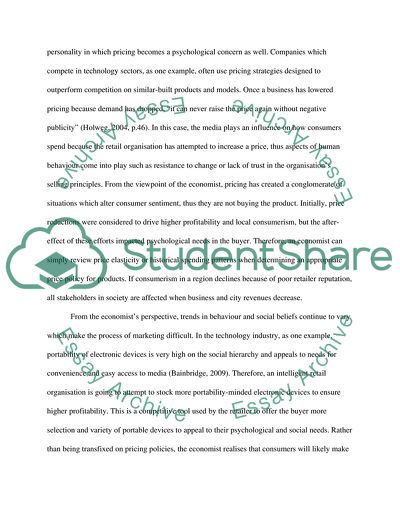Cite this document
(How Economists Have Recognised Psychological, Social and Corporate Research Paper, n.d.)
How Economists Have Recognised Psychological, Social and Corporate Research Paper. Retrieved from https://studentshare.org/marketing/1727834-economics-for-business
How Economists Have Recognised Psychological, Social and Corporate Research Paper. Retrieved from https://studentshare.org/marketing/1727834-economics-for-business
(How Economists Have Recognised Psychological, Social and Corporate Research Paper)
How Economists Have Recognised Psychological, Social and Corporate Research Paper. https://studentshare.org/marketing/1727834-economics-for-business.
How Economists Have Recognised Psychological, Social and Corporate Research Paper. https://studentshare.org/marketing/1727834-economics-for-business.
“How Economists Have Recognised Psychological, Social and Corporate Research Paper”. https://studentshare.org/marketing/1727834-economics-for-business.


